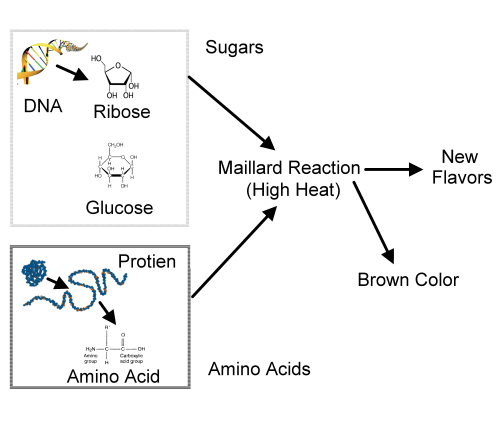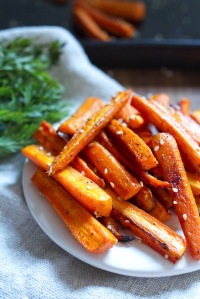So what does Metabolism really mean?

Metabolism constitutes all the chemical processes within cells that together sustain life. But its most often spoken about in the context of food and how our body processes food. People love talking about their Metabolism. Often blaming it for a lot more than it deserves. But most of these discussions are in the abstract. What if we told you that there is a specific number that allows us to talk and work on our Metabolism in more concrete ways.
Enter BMR – Basal Metabolic Rate as health junkies everywhere know it. Your BMR is the minimum amount of energy your body needs while at rest. In a nutshell, BMR gives you the amount of calories you require through all the things that go into keeping you alive – breathing, blood circulation, body temperature control, cell growth, brain function, and contraction of muscles. Just these activities account for over 60-70% of the day’s calorie needs. The higher your BMR, the more calories you burn on a daily basis (by just living!).
Factoid : Did you know your body is burning around 1.1 calorie/min even while you are reading this!
What determines your BMR?
Men have a naturally higher BMR than women (probably misleading generations of men into thinking they are fitter!). After the age of 30, BMR falls by about 2-5% every decade. This explains all the ‘Dad Bod’ talk these days! Evolutionary hacks developed by our body mean that our BMR gets a boost during winters, so we can do less with more. This is probably why grandmothers have always advised adding butter, ghee and lots of nuts to your diet during winters! When you fall sick, with every degree of rise in body temperature, your BMR increases by 7%, exactly why you reduce those pounds during illnesses.
Body composition also influences BMR. People with higher fat mass are low on their calorie utilising capacity (i.e. lower BMR’s). Exercise! Work those muscles like there’s no tomorrow! Living a predominantly sedentary existence decreases your BMR. Years of obesity can lead to serious Hormonal disorders, diabetes and heart disease.
The first step in figuring out how you want to treat your body and understand your food intake is to calculate your BMR.
We’ll do it for you. Click here to give us your stats, for a calculation of your BMR.
So how do I boost my BMR?
Its simple:
1. Eat smaller and frequent meals i.e. – healthy snacking is good for you!

Snacking between meals is a wonderful way to ensure that you don’t overdo things during mealtimes. But snack wisely. Not all snacks are equal. Find fruits, nuts, vegetables and other foods rich in nutrients! superbites superbars, granolas and roasted nut mixes are excellent snacks between meals.
2. Eat from all the food groups – Carbs, Fats, Proteins and Micronutrients
Chose foods that make sure you’re eating from all the food groups in a balanced way. Do not completely cut out fats from your diet. Fats are critical in numerous functions of the body and unsaturated fats are wonderful addition in the form of Nuts, Seeds, Oily Fish and Avocado.
3. Exercise, Move and Get Active
Exercise hard! Work those muscles, not only to burn calories but also  to build up and maintain lean tissue. The World Health Organisation recommends 3-4 hours of exercise every/week is recommended globally by World Health Organisation. Adequate sleep is also an absolute must. At least 6-7 hours of sleep at a stretch gives your muscles sufficient ‘repair time’. This is that time of the year when your metabolism is at its peak (thank the cold weather!).
to build up and maintain lean tissue. The World Health Organisation recommends 3-4 hours of exercise every/week is recommended globally by World Health Organisation. Adequate sleep is also an absolute must. At least 6-7 hours of sleep at a stretch gives your muscles sufficient ‘repair time’. This is that time of the year when your metabolism is at its peak (thank the cold weather!).
4. Sleep well
Poor sleeping habits can really hurt how our body breaks down food. Sleep deprived people have a very hard time metabolising carbohydrates effectively. So get yourself 6-7 hours of restful sleep to allow the body to repair itself of damages during wakefulness and to break down those foods.
Apart of these, remember that Proteins are central to lots of body functions. But they’re also great at helping you burn calories. Nutritionists recommend 1 – 1.2 g of Protein per Kilogram of Body weight to maintain existing muscle mass. Protein intake is especially helpful in healing muscle wear and tear from your intense workouts and physical activities. A diet rich in the right kind of lean proteins leads to a lean body mass, which in turn gives us a calorie burning a boost. Thus boosting your BMR! Vegetarians, take note. You need protein intake to keep your metabolism in a healthy balance. Vegetarians can get their protein from nuts, dairy, soy and legumes.
In summary, Eat Wisely and Frequently.Exercise. Be Active. Sleep. Repeat.
Click here to give us a few of your stats and we’ll give you your BMR.
And you can get started on a rewarding journey to better understand your body and its adventures with food!
Further Reading
eat.delete by Pooja Makhija is an excellent primer on BMR and how to manage it


 too high with roasting temperature, and you risk killing off the best nutrients and overdoing the nuts. At superbites, we slow roast nuts in small batches, and make sure they’re super-crunchy and nutritious! We cook up cashews, almonds and pistachios in plain, salted, sweetened and spiced varieties.
too high with roasting temperature, and you risk killing off the best nutrients and overdoing the nuts. At superbites, we slow roast nuts in small batches, and make sure they’re super-crunchy and nutritious! We cook up cashews, almonds and pistachios in plain, salted, sweetened and spiced varieties. 